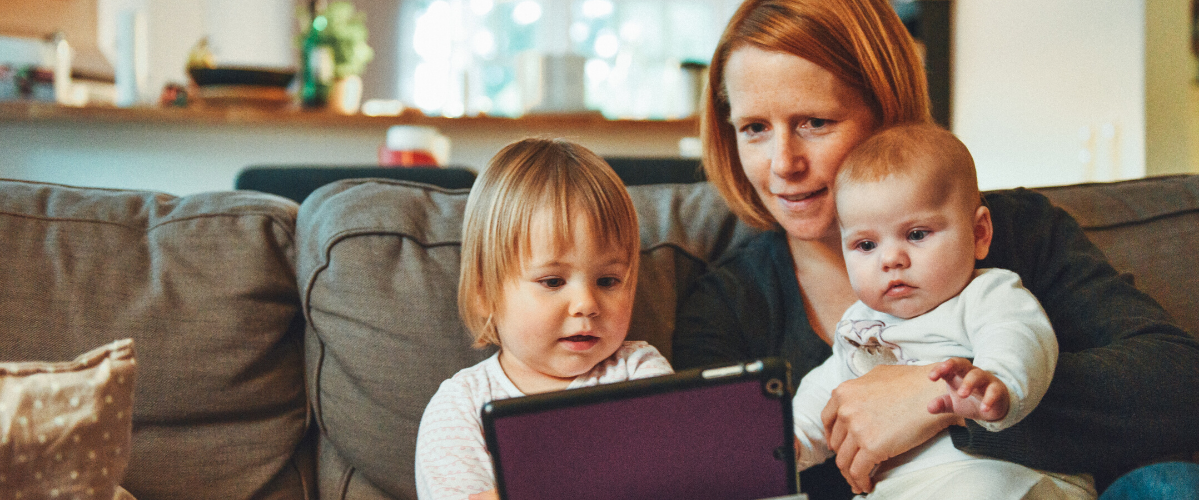What do we do when we find ourselves in a situation where to protect one another, we have to stay away from each other?
Social isolation is a problem for many already. With COVID-19 and physical distancing, it’s become a problem for all of us.
Social inclusion is an imperative part of a healthy lifestyle. Strong social networks positively impact our mental and physical health. Social capital, or the strength and amount of ‘connectedness’ we have in our lives, is an indicator of good health, and social support and connection is a social determinant of health (SDOH) that impacts one’s place in the world. Fair opportunities for inclusion are paramount to achieving our full potential. The opposite, social isolation, is a major health inequity.
In a report on mitigating social isolation, BCCDC’s Environmental Health Services describes social isolation as disengagement from social ties, connections, or community. This may be used interchangeably with social exclusion, or the inability or denial of the normal relationships and activities available to most people in a society. Social isolation and exclusion are associated with poor health outcomes and according to the BCCDC report, social isolation appears to be increasing in Vancouver.
Social inclusion is a strong indicator of positive mental health and healthy substance use. According to the Canadian Mental Health Association (CMHA), social status, financial resources, one’s place in a community, access to healthy friendships, experiences of stigma, and discrimination are a few ways that may impact an individual’s level of social inclusion or exclusion. But this is a complex process.
People experience social exclusion everyday. We know there are many people who don’t have strong social capital and who struggle every day with isolation. This impacts our older and vulnerable populations, including our homeless or low-income populations, and people with disabilities, more severely. This is a complex topic and these public health concepts of SDOH, equity, and inclusion all intersect in many ways that are not easy to untangle.
The bottom line is social connection is good for our health.
To create good health and social inclusion, we need to build more socially and physically cohesive and inclusive communities. Another way is through intergenerational connections. Fostering relationships between younger people and older people has been shown to be healthy for both groups. However, addressing the SDOH, such as poverty, housing, and stigma, is of utmost importance and the best way we can address social isolation and exclusion. Inclusivity requires the creation of healthy communities. At the root of it, social inclusion requires equity.
If social connection is good for our health, how do we cope with a global pandemic that requires social isolation?
COVID-19 and physical distancing is showing us all what social isolation feels like. And many who were already facing this may be feeling it more intensely. Now, more than ever, we need to pay extra attention to those around us, those who may be isolated, lonely, and scared. Increased stress, anxiety, depression, and uncertainty can intensify feelings of isolation.
We need to reach out to one another and find innovative ways to connect, to create social inclusion and togetherness. We have technology and we have creativity. We need mindfulness, too. We need to be thinking of others and how this may be impacting them. We need to cope together.
Here’s some ideas:
• Write a letter to someone
• Take some time and call a friend
• Have group video chats
• Try out some apps for group socializing and games
• Smile at a stranger (from 2 meters away)
• Do something kind for your grocery clerk
• Buy a gift card for a business you know is struggling
• Advocate for our homeless to be sheltered safely
• Engage on social media, with compassion and consideration, and share ideas
• A simple text ‘thinking about you’ can boost someone’s spirits
• If you know someone older who needs support with technology, check out the Science and Technology for Aging Research Institute
Social isolation is a real problem in our world. COVID-19 is showing us all what that feels like. We have too many barriers to good mental and physical health in our world. When we get through this pandemic, remember this and let’s learn from it. And let’s fight for inclusivity and equity for all.
Share post:
